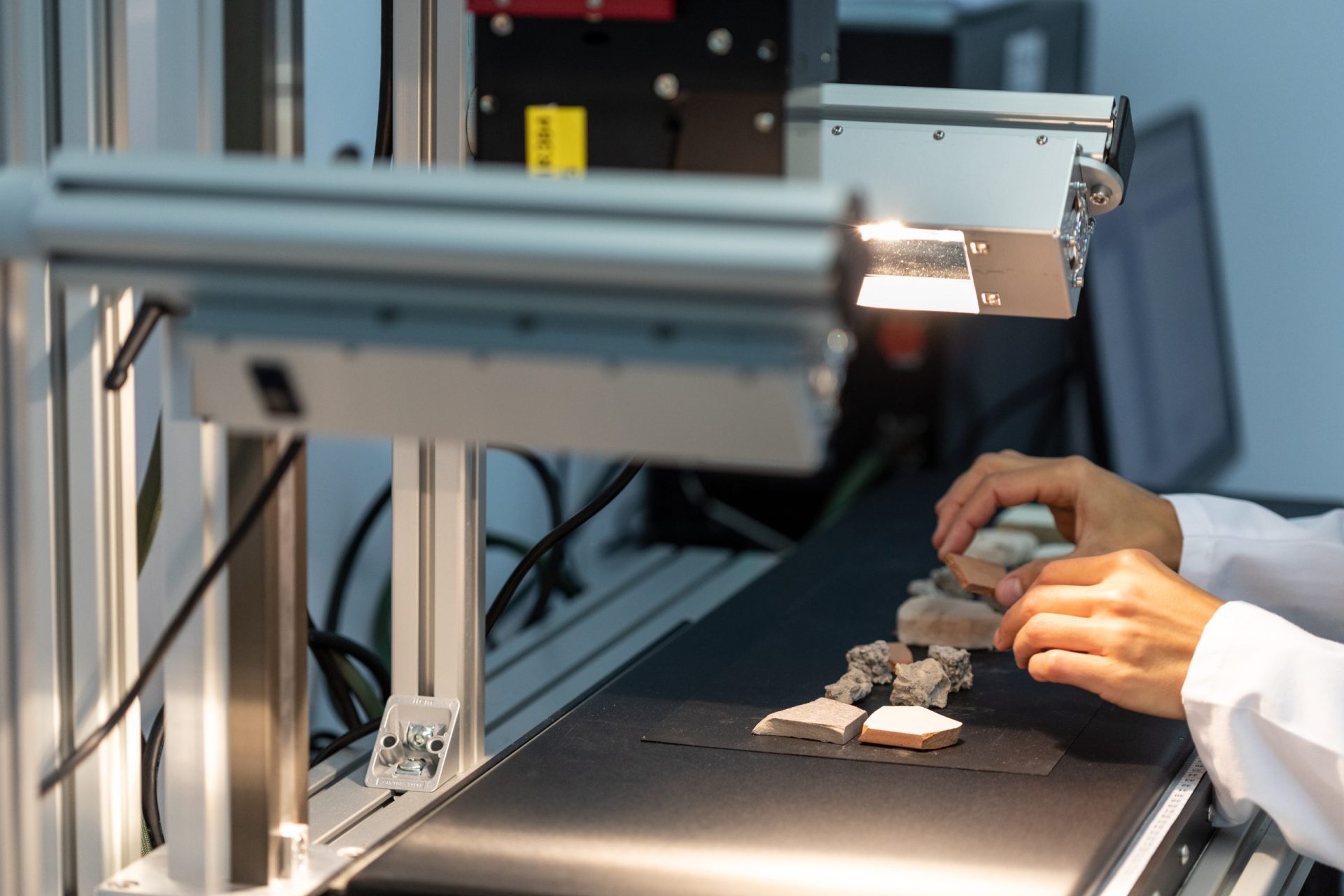GAIKER uses hyperspectral vision for the classification of construction and demolition waste

The European ICEBERG project ends demonstrating the viability of hyperspectral vision to carry out complex automatic sorting operations of construction and demolition waste.
The European ICEBERG project in which the GAIKER Technology Centre, a member of the Basque Research & Technology Alliance, BRTA, is participating, is coming to an end having achieved important results.
In order to provide a solution to construction and demolition waste (CDW), which represents more than a third of the total generation of waste, and to address its circularity, from recovery and recycling to the development of more sustainable products, this four-year research, carried out by a consortium of 35 partners from 10 European countries, began in 2020.
Among these partners is GAIKER, an expert in the development of automatic identification and separation technologies, which has been in charge of researching an advanced technological solution, based on hyperspectral vision and multivariate data analysis techniques, aimed at recovering material resources contained in various construction and demolition waste streams for their subsequent use in new construction products.
More specifically, his work has focused on the investigation of the hyperspectral vision technique applied to the automatic identification and classification of mixed stone (concrete and ceramic aggregates), gypsum board waste (purification of gypsum board by segregating it from other inappropriate materials) and mixtures of insulating foams (PUR and PIR).
For each of these case studies, specific automatic classification models have been developed and successfully evaluated based on supervised learning algorithms that, from the analysis of the hyperspectral fingerprints of the various materials, determine in real time the class or category to which they belong, thus enabling their subsequent separation into independent fractions.
In conclusion, the feasibility of hyperspectral vision supported by multivariate data analysis tools to carry out complex operations of automatic classification of construction and demolition waste has been demonstrated. This will produce new fractions of recovered materials with purities that can exceed 90%, allowing their reincorporation into the economic cycle as secondary raw materials in value-added applications.
More information: https://iceberg-project.eu/




